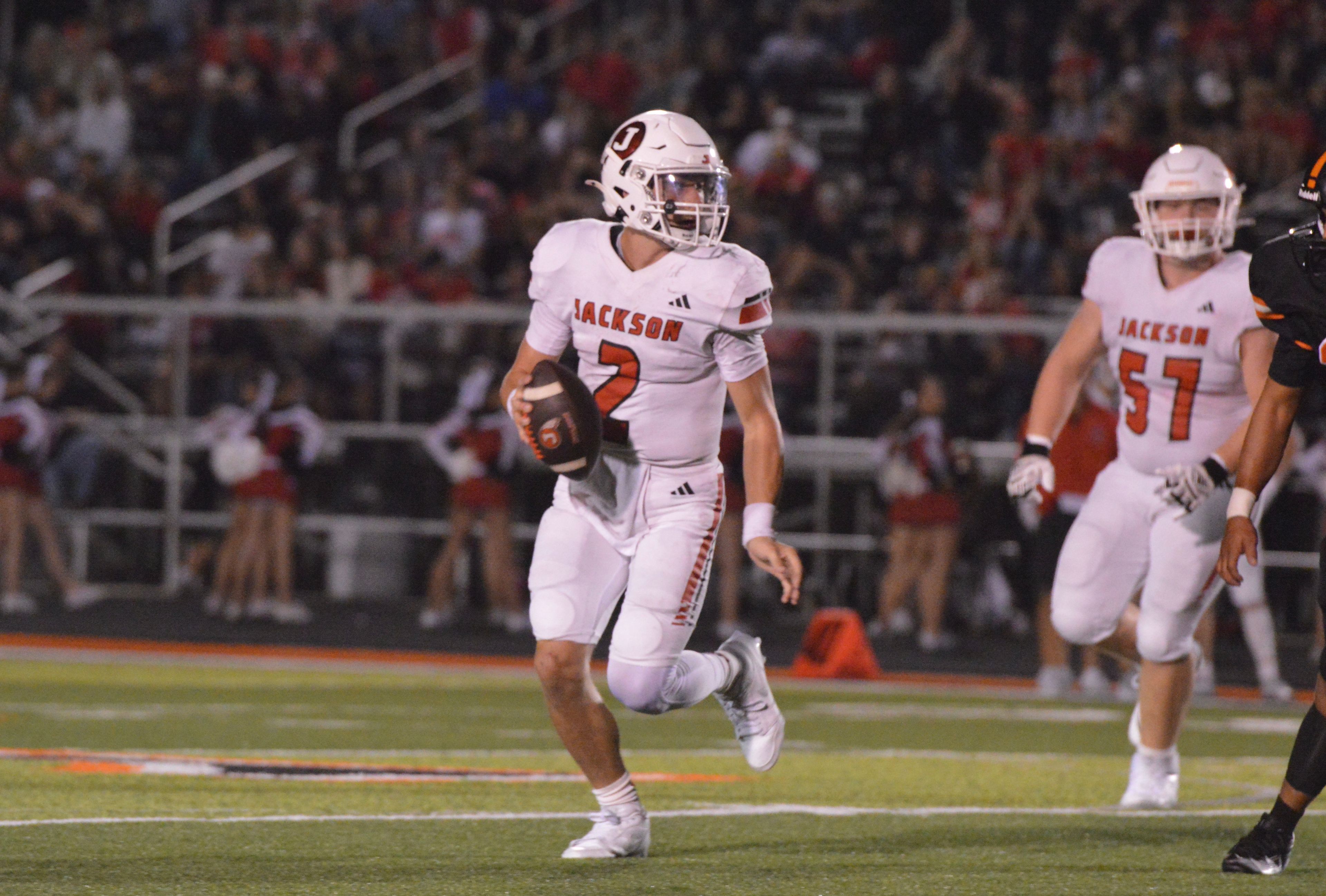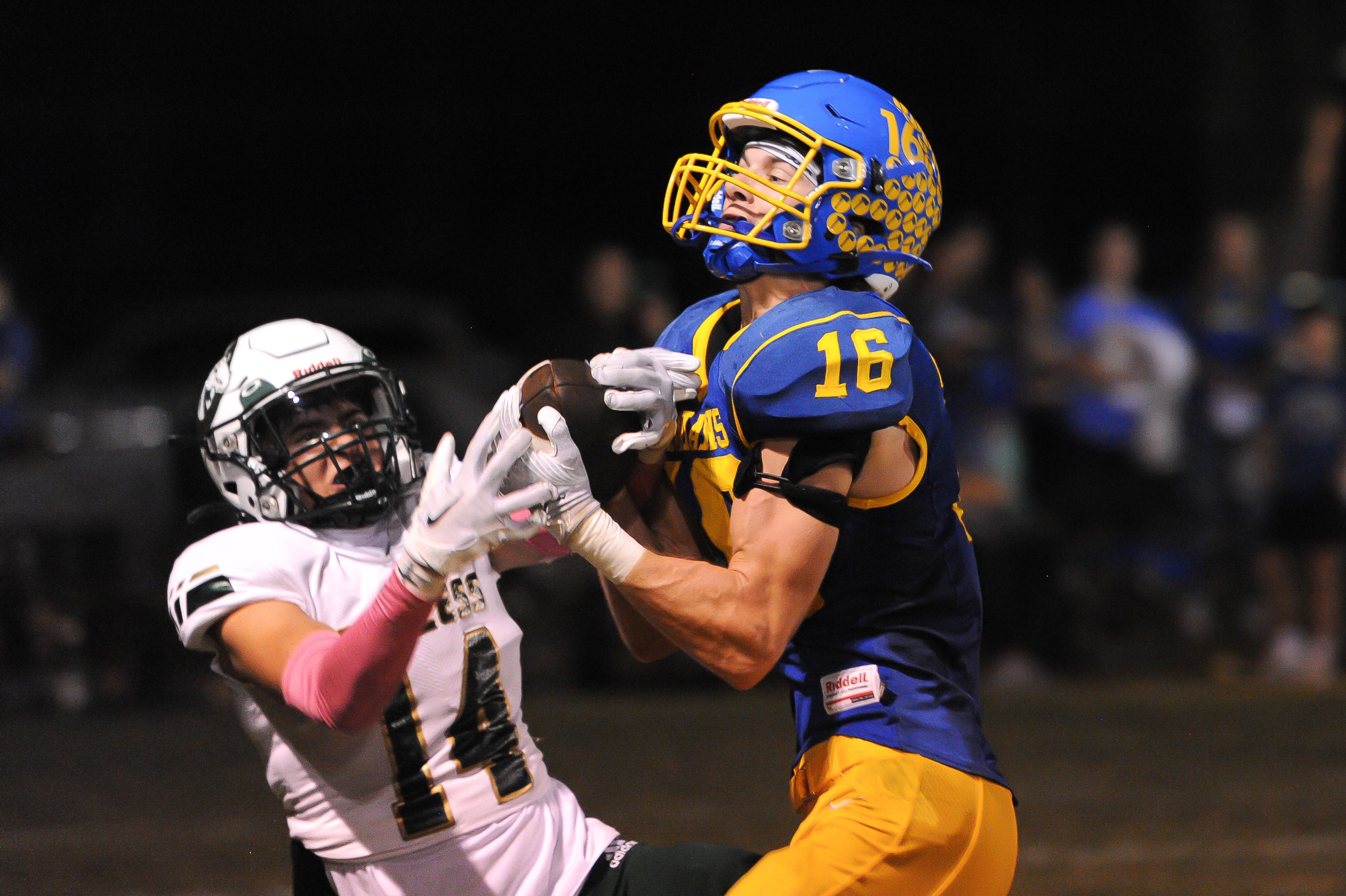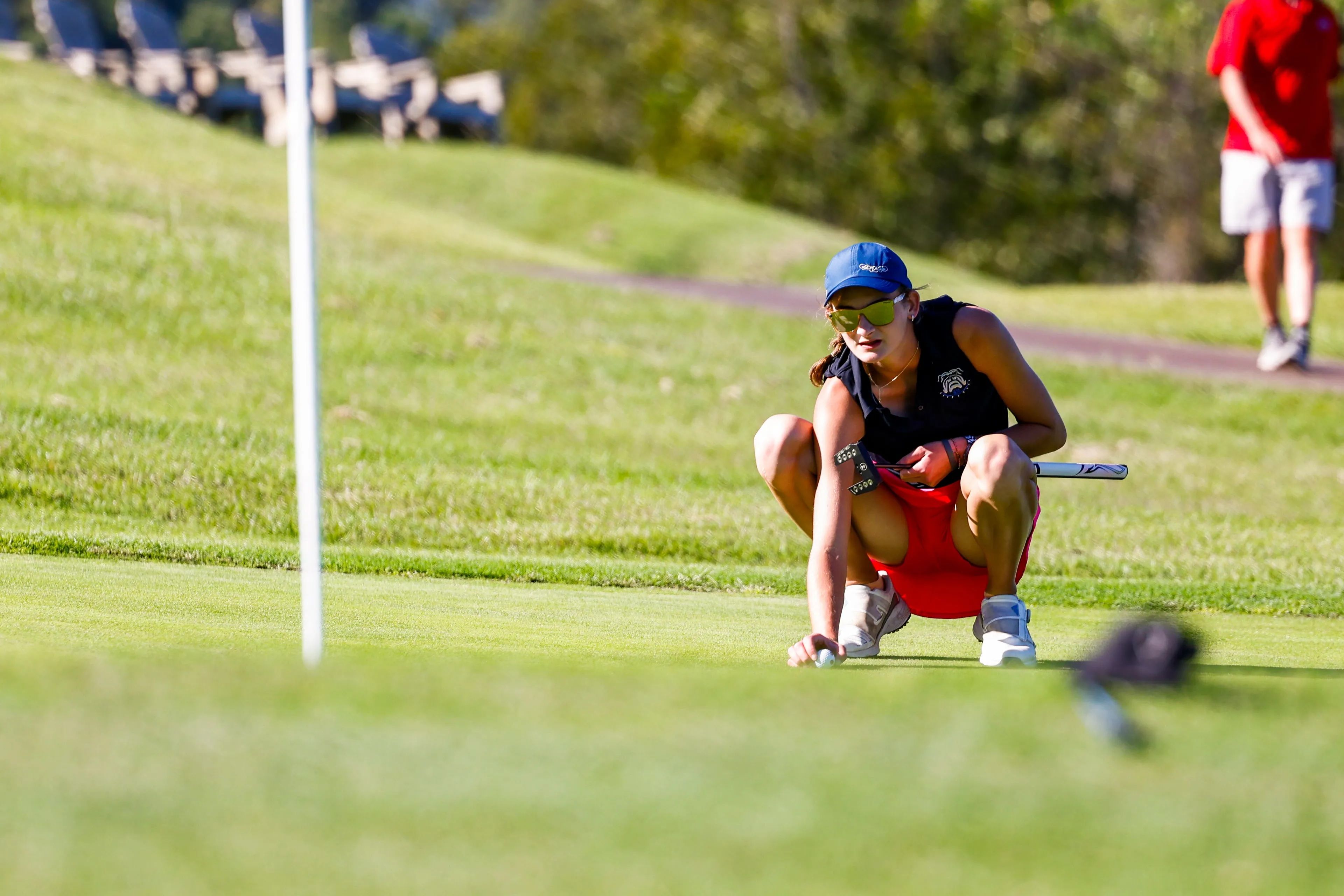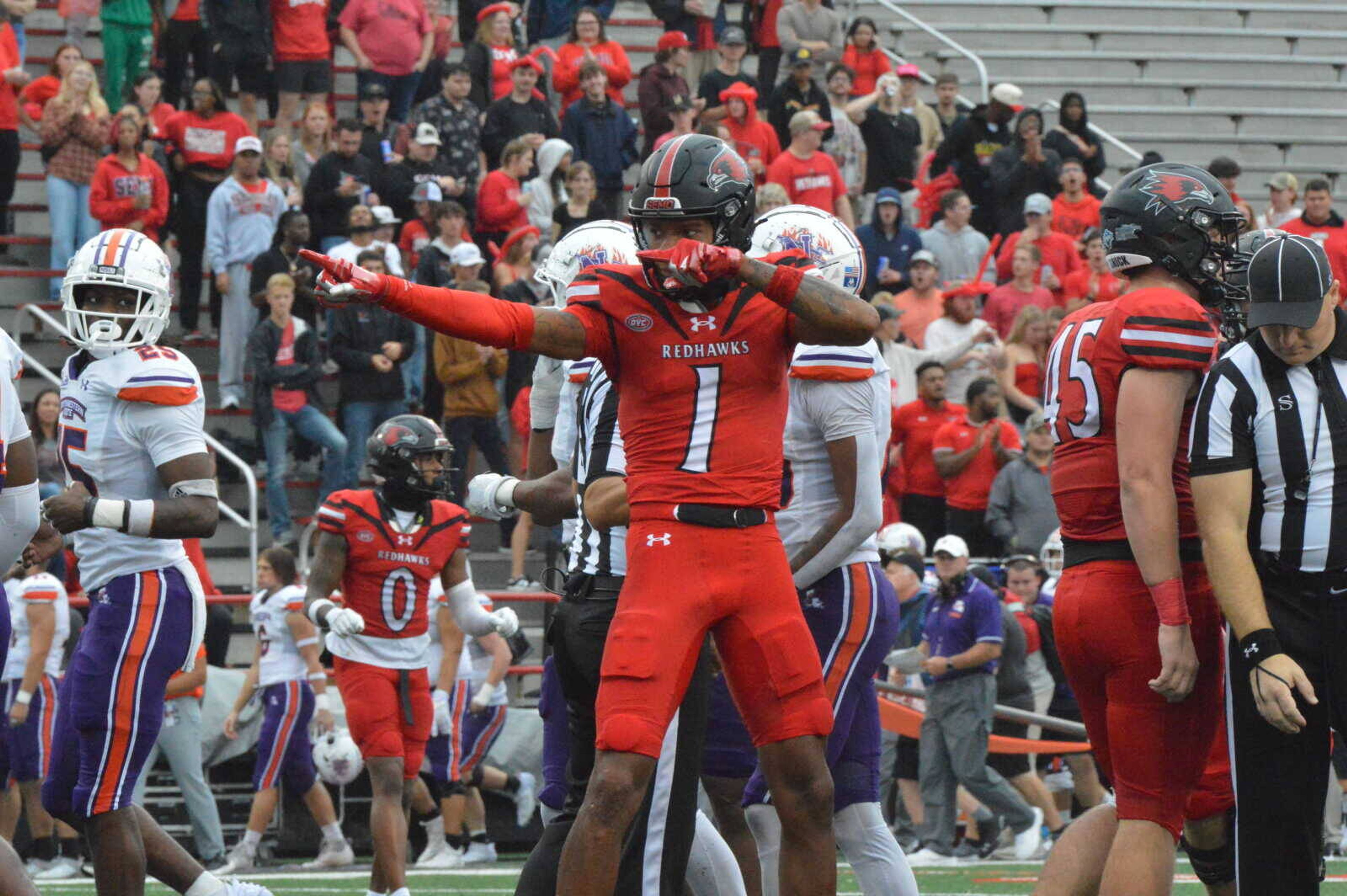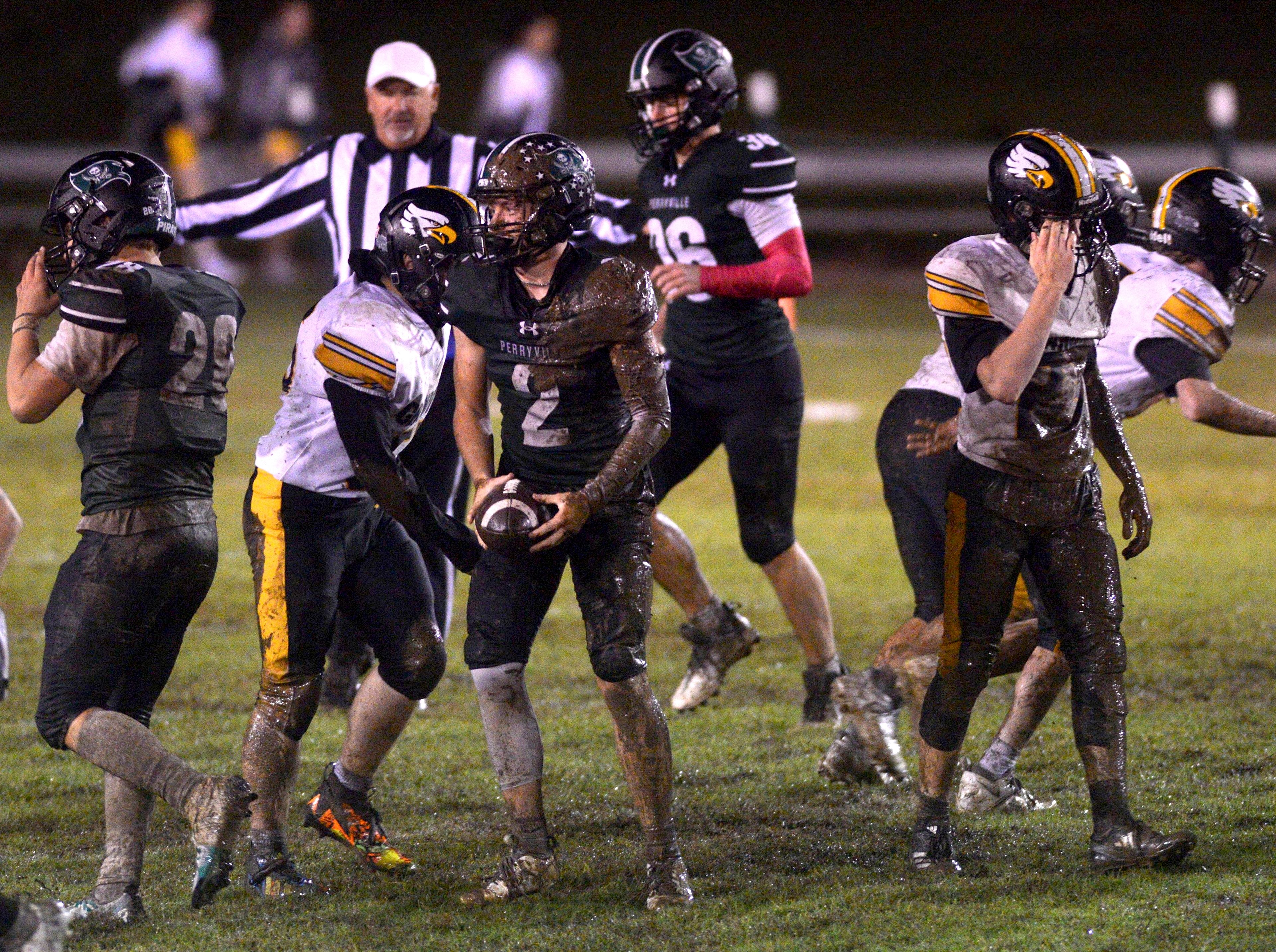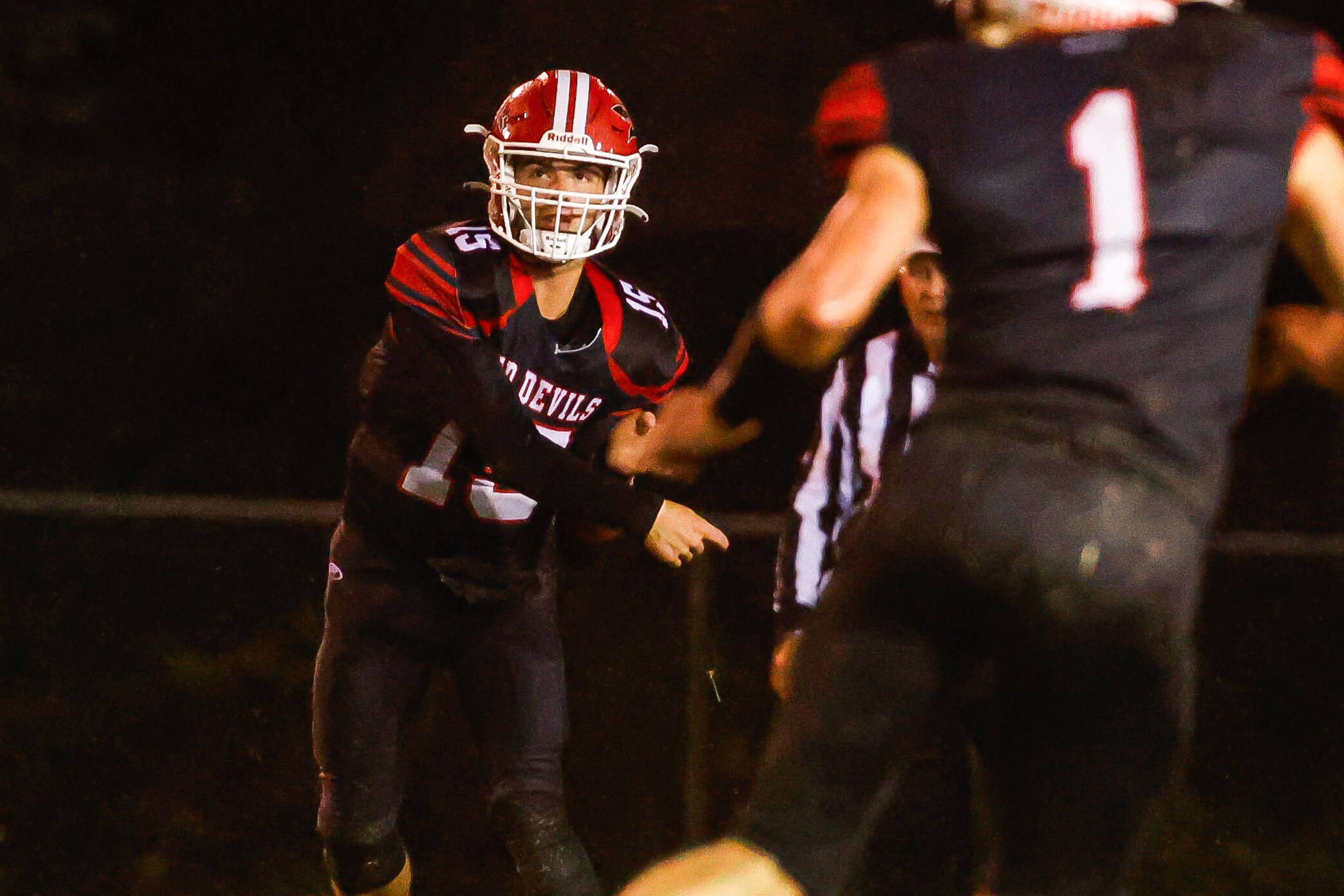The memories might be a little cloudy, but the legacy created by the Cape Girardeau Jaycees in 1955 is unshakable: a golf course open to everyone.
A project to build a golf course 50 years ago became a challenge in innovation and a milestone for public golf in the area.
The Cape Jaycee Municipal Golf Course opened 50 years ago today as a nine-hole layout.
It was the first golf course with grass greens between St. Louis and Blytheville, Ark. It became the public alternative to the Cape Girardeau Country Club and remains one of two public courses in Cape Girardeau County.
And it was built by the hands of Junior Chamber of Commerce members, a group of businessmen who were assisted by donations of cash and equipment from others in the community.
"We had about 100 members and we had a very active chapter," said Norman "Scobie" Robert, who was chairman of the Jaycees golf committee. "There wasn't a grass greens course in the area. They were all sand greens. Not everyone could join the country club, so we had to go to Illinois or Poplar Bluff or Sikeston to play golf and those were sand greens.
"We thought we could build it if we had the property. A bunch of guys were very enthusiastic about it."
Enthusiasm and reality do not always meet, but the club never wavered in its project.
"My God, there were so many guys involved," Robert said. "They all committed to 100 hours of work, and they all contributed. We had a lot of support from the people in town with donations and equipment."
The Jaycees leased about 65 acres of land from Wilbur Huttig, who operated a farm on Perryville Road and later served as course superintendent. His house still stands near the entrance to the course.
They contacted a St. Louis golf course designer named Art Linklogel of Links Nursery, who helped the Jaycees reach the goal of bent-grass greens.
"Sure, there were doubters. Some people said we couldn't grow that kind of grass down here," said Robert, who had heard of Linklogel's work on the Westwood club in St. Louis. "Linklogel ended up putting in grass greens at Poplar Bluff and Cape Country Club, too."
The course took roughly a year to construct. After Burton Gerhardt Construction Company built a lake on the property in the summer of 1954, R.B. Potashnick Construction Company began the construction process and donated the equipment for the members to use.
A Southeast Missourian article in February of 1955 estimated the Jaycees had put in between 40,000 and 50,000 hours of work.
"It was all hard work," Freeman Lewis said while walking on the course Friday, just three days after he shot a 98 there.
"We had a lot of fun building that," added Jack Lamkin. "It was sweaty, and we used some foul language every once in a while, but it was fun."
The members of the club installed 7,000 feet of pipe to spread water throughout the course. Nearly 500 bales of straw were used to prevent erosion on the hills.
Lamkin wasn't certain how many hours he'd put in on the project -- "I couldn't tell you that. It was a long time ago," he said -- but he and a few other Jaycee members recalled the process of unloading peat moss that had been shipped in from Iowa, or Minnesota, depending on who's telling the story.
"All I can remember is that it was July, one of those hot days," Lamkin said. "We unloaded two hopper cars of peat moss behind Landgraf Lumber."
Max Stovall, a club member who also contributed his front-end loader and two dump trucks on weekends, found a farm near Advance that had the same peat moss in a drainage area.
"It was the same thing for about a quarter of the cost," he said. "They mixed the peat moss with top soil and something else and they'd mix it in a cement mixer to make the base for the greens."
The bent-grass greens lasted for at least 15 years before the cost of maintaining them became too much. At that point, the course switched to bermuda greens.
"Those were something," Lamkin said of the bent-grass greens. "The country club didn't have grass greens. Most of us had never played on grass greens."
In all the work done by members whose regular jobs were as salesmen, dentists, merchants and even mayor, Norval Randal, only one injury took place. Carney Fesler suffered a fractured skull when he was hit by a railroad tie being pushed by a bulldozer during the process of placing pipe.
"I was in the hospital for 10 days," said Fesler, who needed about six weeks to recuperate.
"We didn't think about liability insurance," Robert said.
Never during the process did the Jaycees have second thoughts about their undertaking.
"Amazingly, no," Robert said. "We didn't falter at any point. We stayed with it.
"We got it all together, and she came out OK."
With leaders like Robert and club president Vernon Landgraf, faltering may not have been an option. Bob Hemperley told an anecdote to show Robert was confrontational toward members who didn't pull their weight on the project.
"You can just write that he was a fighter," Hemperley said.
"The Jaycees were pretty headstrong on projects," said Dr. Dan Cotner. "We were a growing organization and very ambitious."
The creation of the golf course won state and national project of the year awards in the Jaycees organization.
The dollar figures related to the course's construction are stunning. As of February 1955, with the course nearing completion, the Jaycees said in a presentation to the Rotary Club that they had spent $11,642.49 on the course and had $62 left in the account. A newspaper article the day before the opening said the Jaycees had raised $12,094 for the land and construction essentials that the Jaycees could not provide.
"Just about every merchant in town contributed," Robert said.
"We had all types of donations," said Marty Hecht, who was in charge of raising funds for the project. "I remember our first one was from R.E.L. Lamkin, who owned Buckner Ragsdale, which was the biggest store in town. He was a great man. He wrote a letter that said, 'I know you boys are going to be successful and have a nice golf course.' And he wrote a check."
Hecht, who ran a store in Cape Girardeau, had opened another store in Memphis and was ready to move there when the golf course project came up.
"We got rid of everything [in Memphis] and came back here because of this golf course," he said.
---
The course opened on a Sunday with an opening ceremony that included Marilyn Smith, a well-known professional on the women's circuit; Henry Christman of University City Golf Club; and Joe Ezar, a trick-shot specialist from Meadowbrook Country Club in St. Louis. Harry Ranch and his orchestra provided musical entertainment.
The greens fees in 1955 were $1.25 on weekdays and $2 on weekends and holidays. A season pass could be purchased for $36, and a family pass was $47.50.
The Jaycees eventually bought the land the course was on and also bought more acreage from Huttig's father for what in 1974 became the course's other nine holes. The Jaycees were leasing the course to Charles Weber when the course expanded to 18 holes.
The city of Cape Girardeau began managing the course in the late 1970s and the land was donated to the city in 2003.
Not all of the original holes still are in use. The original clubhouse still stands, though it has been renovated.
What started as an innovative project and a lot of hard labor more than 50 years ago remains an important facility for area golfers.
"The greens fees are fantastic and they've got a lot of rounds being played," Robert said.
"I'm amazed," Lewis said. "The city is doing a good job taking care of it."
Of all the new golf facilities being built in the country, few have the blood, sweat and tears of so many volunteers.
"All the guys worked hard," Robert said. "People would get done working at 3 o'clock and come out here. If they had a day off, they would come out here and put in hours."
Added Hecht: "That's how it was done."
---
MANY CONTRIBUTORS
Norman Robert, who was the chairman of the Jaycees golf committee in 1955, said the group's 102 members and many businesses contributed to the building of the Cape Jaycees Municipal Golf Course.
He listed the following members:
Luther Hahs, Jim Cochrane, Dick Jones, Frank Osborne, Francis Lewis, Carney Fesler, Bill Lewis, Len Vogel, Vernon Landgraf, Bill Bowers, Freeman Lewis, Bill Kiehne, Bill Gerhardt, Len Clayton, Bob Hemperley, B.W. Birk, Jerry Wilkening, E.C. Younghouse, Clyde Wilson, Bill Likens, Max Stovall, Dan Cotner, Bob Brady, Marty Hecht, Ty Short, Don Harrison, Paul Landgraf, Bob Williams, Paul Williams, Jim Bauerle, Bob Earley, Rich Esicar, Norval Randal Sr., Bill Kies, George Farrar, Buck Kaiser, Bob Hirsch, Larry Bahn, Paul Louisen, Marvin Robert, Jack Lamkin, George Jenkins, Sidney Pollack and Houch Young.
Companies that assisted were:
R.B. Potashnik Construction Company, Burton Gerhardt Construction Company, B.W. Birk Plumbing, Tinsley Mulkey Coal Company, Landgraf Lumber Company, George Penzil with the Cape Special Road District.
Ark Linklogel of St. Louis designed the course with the assistance of Vern Landgraf, B.I. Howard, Norman Robert, George Jenkins, Dr. Tom Herbert, Tinsley Mulkey and Ty Short.
Connect with the Southeast Missourian Newsroom:
For corrections to this story or other insights for the editor, click here. To submit a letter to the editor, click here. To learn about the Southeast Missourian’s AI Policy, click here.
